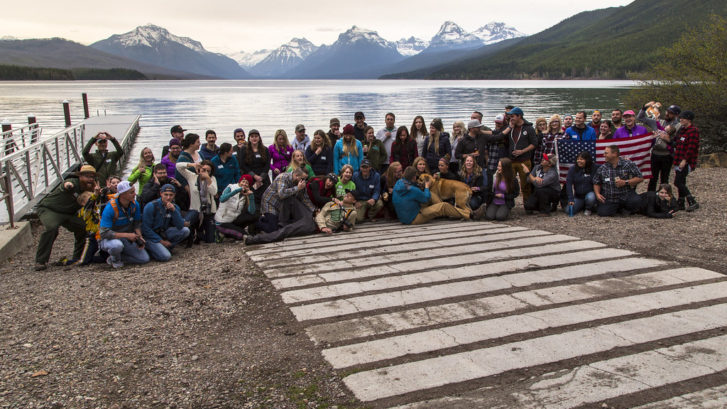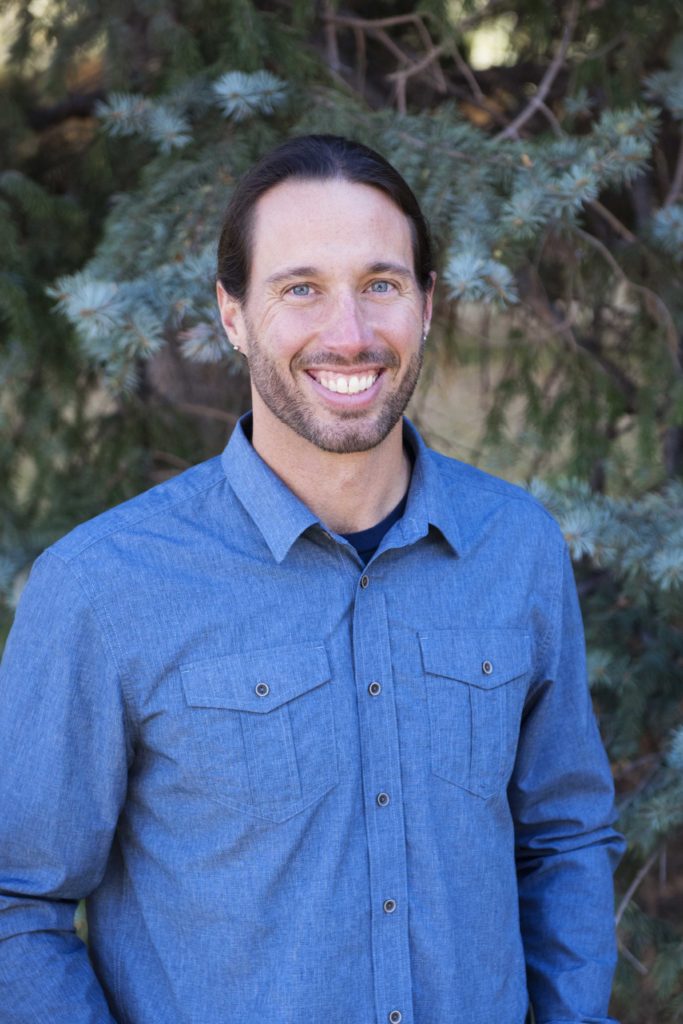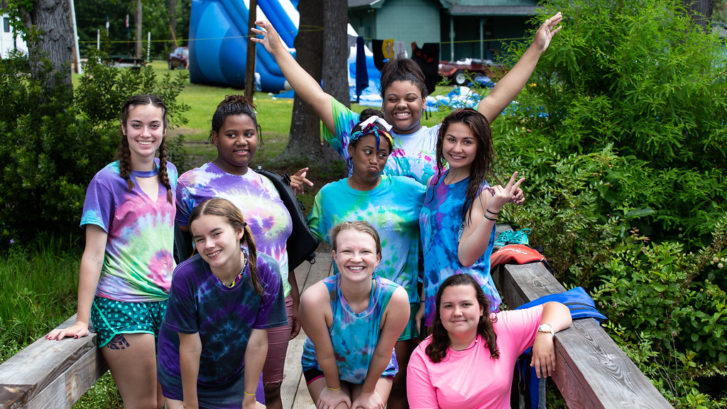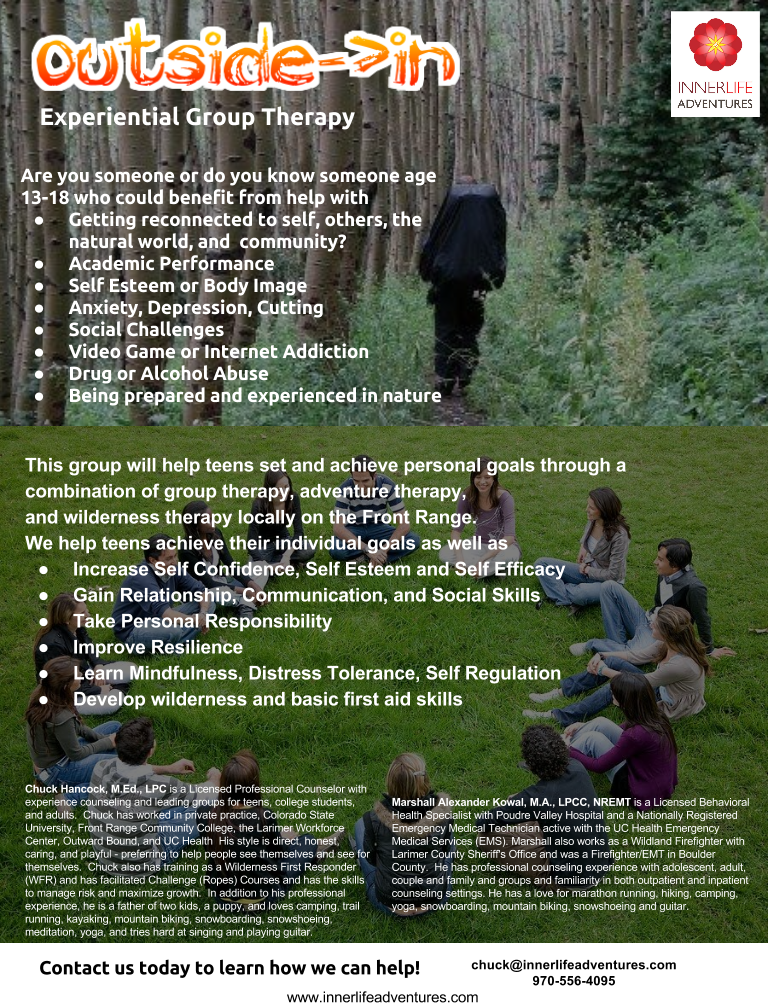Relationships Matter: 6 Levels of Healthy Relational Safety and Depth
Relationships matter. And to riff on the old adage, it’s not who you know; it’s how well you know them that counts. Nothing happens outside the context of a relationship. At the very least, we have (or had) parents, we have (or had) siblings or peers, we have coworkers or customers, and we have neighbors (even if we don’t know them). It is in the context of these relationships that we give and receive things we need and learn about ourselves and our world. And in our fast-paced technology connected world, it is hard to maintain relational depth.
Even when I’m working with individuals who are not interested in working on their relationships, we have a relationship with ourselves. How we talk to and how we feel about ourselves perhaps matters the most! How well we know ourselves and how we relate to ourselves is the foundation of our ability to enjoy life and engage effectively with the world.
One of the useful theories or lenses to use in talking about relationships is attachment. In simple language, attachment is a way to describe how able we are and how safe it is to connect with another human. Attachment begins at birth and changes throughout life. If we are well supported and attuned to, it is easy for us to connect with others and easy for us to be alone. If we hit roadblocks along the way, we can face various challenges in connecting with others. This is most obviously seen in intimate relationships. However, peer relationships are also effective by our attachment styles. This can impact everything from finding an intimate partner to having friends and social support, to parenting, to being successful in our career. So if you have had struggles in any of those areas, read on to see where you might be able to heal and strengthen your relational abilities.
Attachment starts with a solid foundation, or solid roots, if you will. With healthy, secure attachments, we can still stand tall in the strong winds and storms of life. And we can be at peace when the storms pass. Without solid, healthy attachments, we get rocked, blown around, and are unable to rest and be at peace when there are no immediate challenges. With unhealthy attachments, it is easy to turn to unstable comforts to feel better, like alcohol, drugs, unhealthy sexual behaviors, unhealthy people, screens – media, social media, video games, and more. With a secure, stable attachment, we can use these things in healthy, appropriate ways and turn to ourselves or appropriate people for healthy connection and comfort.
Attachment theory describes attachment as being either secure or insecure. A secure attachment means the person is stable on their own AND can connect deeply with others to receive and give various forms of support or nourishment with appropriate levels of intimacy. Insecure attachment can manifest as anxiety (anxious attachment style) if someone gets too close or too far, avoidance (avoidant attachment style) of getting close to someone, or a combination of anxious or avoidant (anxious-avoidant attachment style) feelings or behaviors.
Dr. Gordon Neufeld has gone further to describe six levels of attachment that happen during our key developmental years. These six drives can also demonstrate themselves in adulthood when we look at the types of relationships we have and how we connect or avoid our adult relationships. Each of these six levels builds on the one before. That is, if we are underdeveloped at one level, it is harder to move on and have healthy relationships at the later levels.
The six levels are:
Drive to be with – Attachment to physical proximity. Being close to an individual. This is the most basic. Being with someone in their physical presence. Teenagers often like to hang out even if they are not doing anything in particular. It is comforting to just be with someone and be able to see, smell, hear, and touch them. This reassures us of our physical safety. We need a home base, touchstone, and resting place, which serves as a compass point to navigate the greater world. When this physical attachment is suitable, we can feel safe in the middle of chaos. If not, we become armored and cannot be physically close, hug, or touch others.
Drive to be like – Attachment to the identity/personality of an individual. Once we feel safe enough in our body, the next level is the desire to be like or the same as someone we like or respect. As part of our identity formation, we emulate, identify with, imitate, and model after them learning behaviors, our core identity, preferences, dislikes, and social norms to fit into society. We do this with our parents at an early age and friends or partners later on. This serves to enable us to feel close while apart because we are acting like and remembering them (even if not consciously).
Drive to be part of – Attachment to belonging and standing with a group. Once we are secure enough in our individual identity, we want to belong to a bigger group. Whether that is a nuclear family, extended family, class, school, sports team, peer group, political affiliation, national affiliation, ethnic affiliation, religion, profession, or any group of “like” people. To feel like there are lots of people like us and on our side helps us feel secure and that we belong to something greater. It creates a feeling of loyalty and the desire to serve, obey, or even defer to the will of the group.
Drive to matter – Attachment to being valued by a group. Once we feel connected to and part of a bigger group of people (or more than one), we need to feel like we are important to and worthy of care, respect, love, or esteem. This is the drive for greater success and achievement. Perhaps it is this drive that video games are tapping into for some, but often is incomplete, and people keep playing at excessive levels because it has to be had in personal relationships, not just with a score or standings board on a screen. We all need unconditional positive regard – that is feeling that people value us no matter what we do or what we are. When we feel this way, this frees people from a lifelong search for value, always trying to prove their worth which can then opens the person to further levels of intimacy and fullest potential rather than just trying to be important. Without this value, people endlessly chase value externally through achievement, peer recognition, consumerism, unnecessary degrees, and more.
Drive for love – Attachment to being loved and emotionally intimate in our full authentic self. Once we know that we belong, we are important, and we matter no matter what we do or how we are, we are available for true intimacy or “attaching at the heart.” Again each of the previous stages has to have at least some level of health or intimacy can be superficial or motivated by seeking simple physical closeness (like just living together or having disconnected sex), identity, belonging, or value importance. It is possible to have some intimacy without, but true intimacy with be limited by our needs to feel those prior levels. This level of attachment requires a secure sense of self, identity, belonging, value, and the ability to be present with limbic attunement to the other. To be open and receptive to another and able to feel (all) emotions, give and share heart enables this level of attachment. The risk of course is that this opens us up to big vulnerability. With healthy attachment, we can feel safest in long-term relationships (family or committed relationships). But without healthy attachment, we have the paradoxical effect that the longer the relationship, the more threatening vulnerability becomes.
Some studies are suggesting early digital intimacy undermines this need for this emotional intimacy. In a long-term relationship, healthy attachment at all these levels of attachment enables us to weather storms of disagreement and difficulty and stay attuned, committed, and attached to work through problems rather than separating or avoiding. Knowing we are connected and attached at this level helps people remain caring and open toward someone despite periods of distance and separation due to hardship or travel. It can set the stage for deeper levels of psychological and sexual intimacy that are not possible when there are missing pieces in any of the lower levels. Knowing we are securely attached in this way we can be shielded from wounding from the world, less reactive to hurts from our partner, and able to keep a soft open heart in face of wounding and stresses of the world. Without this, we blame, attack, withdraw, close off, and seek to control, change or manipulate to keep ourselves safe. I think this is essential for full psychological development and maturity, especially with the state of the world today.
Drive for psychological intimacy – be fully known to – Attachment to our full authentic whole self. At this level, we are secure and have no secrets that divide us from ourselves especially, but also with a few select others. We can be fully honest with ourselves about our most hidden shameful thoughts, feelings, desires, or experiences, and we are able to share secrets with appropriate, trustworthy others, and we are not shamed for those secrets. This is important for children when considering the previous states of attachment needs and the need for connection with a parent. What your parents don’t know about what you did won’t get you in trouble, but those secrets cause a divide and distance, making love and acceptance inaccessible. Even if parents could love and accept the transgression, the personal feeling that it must be kept secret causes a psychological separation that takes a toll. This level of secure attachment makes known what you normally keep hidden, allowing greater ability to accept yourself and others. This is different than just knowing about (indirect/impersonal) or being exposed to it secondhand or intellectually. We must be the ones that shares the thing we fear to share. With an intimate partner, we have to be the one to physically or metaphorically take our clothes off, be seen and witnessed, and have the experience of still being loved despite the secret. This happens after one has shared from their heart and has the ability to reflect on one’s own thoughts and feelings and behaviors. We all need to be seen fully. Social media and capitalizes on this need, but ineffectively because it is impersonal incomplete and does not address the need for physical presence, attunement, mirroring, validation, touch, and seeing the person’s care and acceptance.
So much more could be said about this as it is an in-depth and complicated topic. Simply knowing this is only the first step to repairing and living from these six levels of attachment and relational depth. But I wanted to at least sketch this outline as I’ve found it helpful for many of my clients in identifying and understanding relationship challenges. Being able to have a healthy attachment at these six levels builds strong roots to weather the stresses and storms of life. And our attachment strengths and weaknesses don’t just show up in our relationships with others, these factors all show up in our relationship with ourselves!
It’s hard to thrive in the world without a solid foundation, and without deep roots, we get blown over easily. I also believe that being able to have a solid foundation through these deeply rooted levels of relationship helps us to create togetherness and relationships that can be healthy and solid despite differences, which is essential to resolve the extreme polarization that we’re experiencing in our world manifesting as us-them divisions, increased racism and nationalism, gender and culture wars, or further separations in our relational and community lives. When we have solid attachments as described above, we can have a solid sense of self, to become our own person, belonging in the community, aware and nurtured by the ways we are the same, celebrating the ways we are different, and can talk about any and all of it honestly and vulnerably without it devolving into a battle and more separation. We can be different and still securely attached, connected, and rooted rather than blown away in the storms of our inner world or our outer life.
For more information:
Chuck Hancock, M.Ed, LPC is a Licensed Professional Counselor in the state of CO. He has completed comprehensive training in the Hakomi Method of Experiential Psychotherapy, a mindfulness mind-body centered approach and is a student of depth psychology. Chuck guides individuals and groups in self-exploration providing them with insight and tools for change. He also incorporates nature as a therapy tool to help shift perspective and inspire new patterns.






